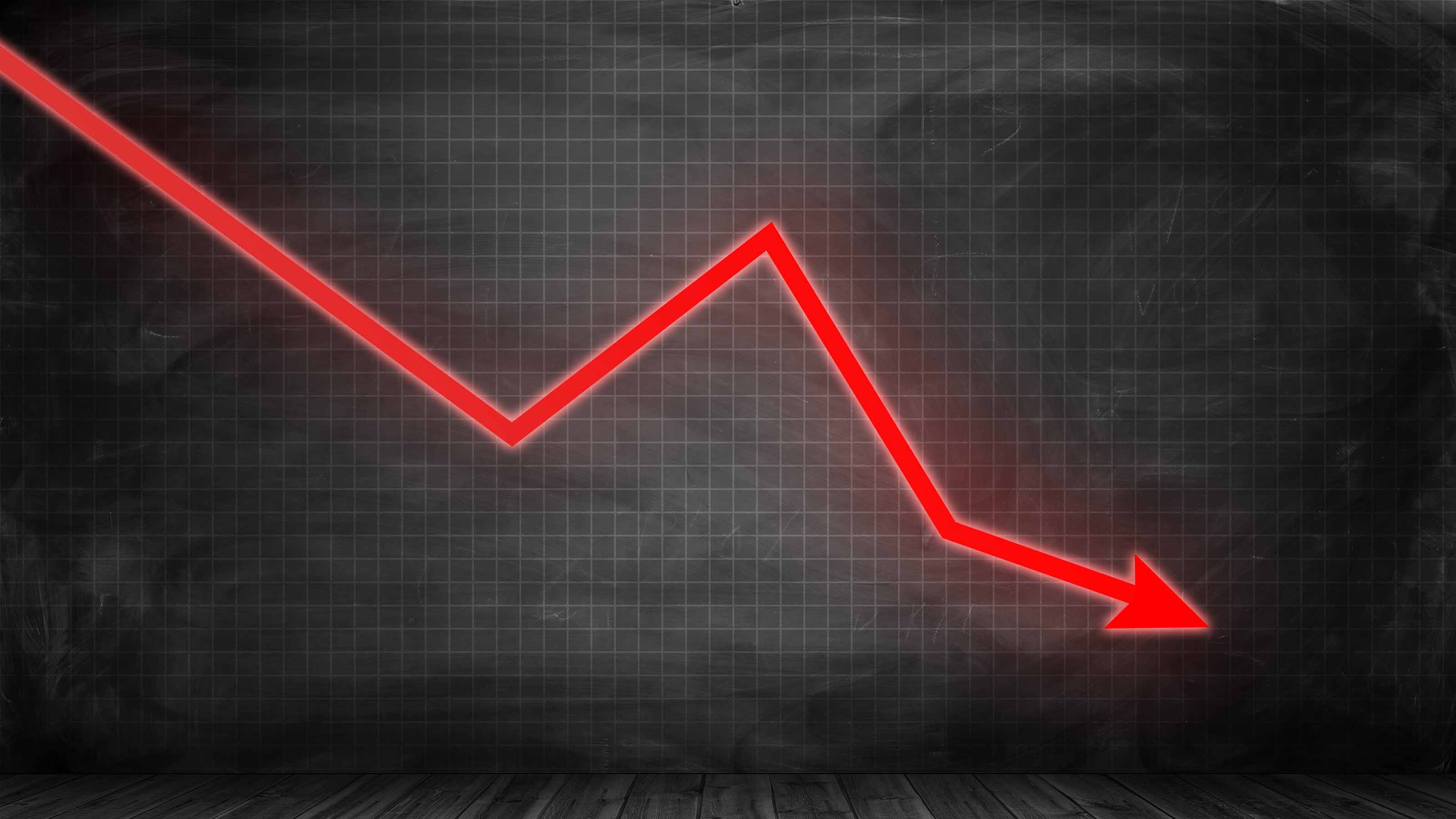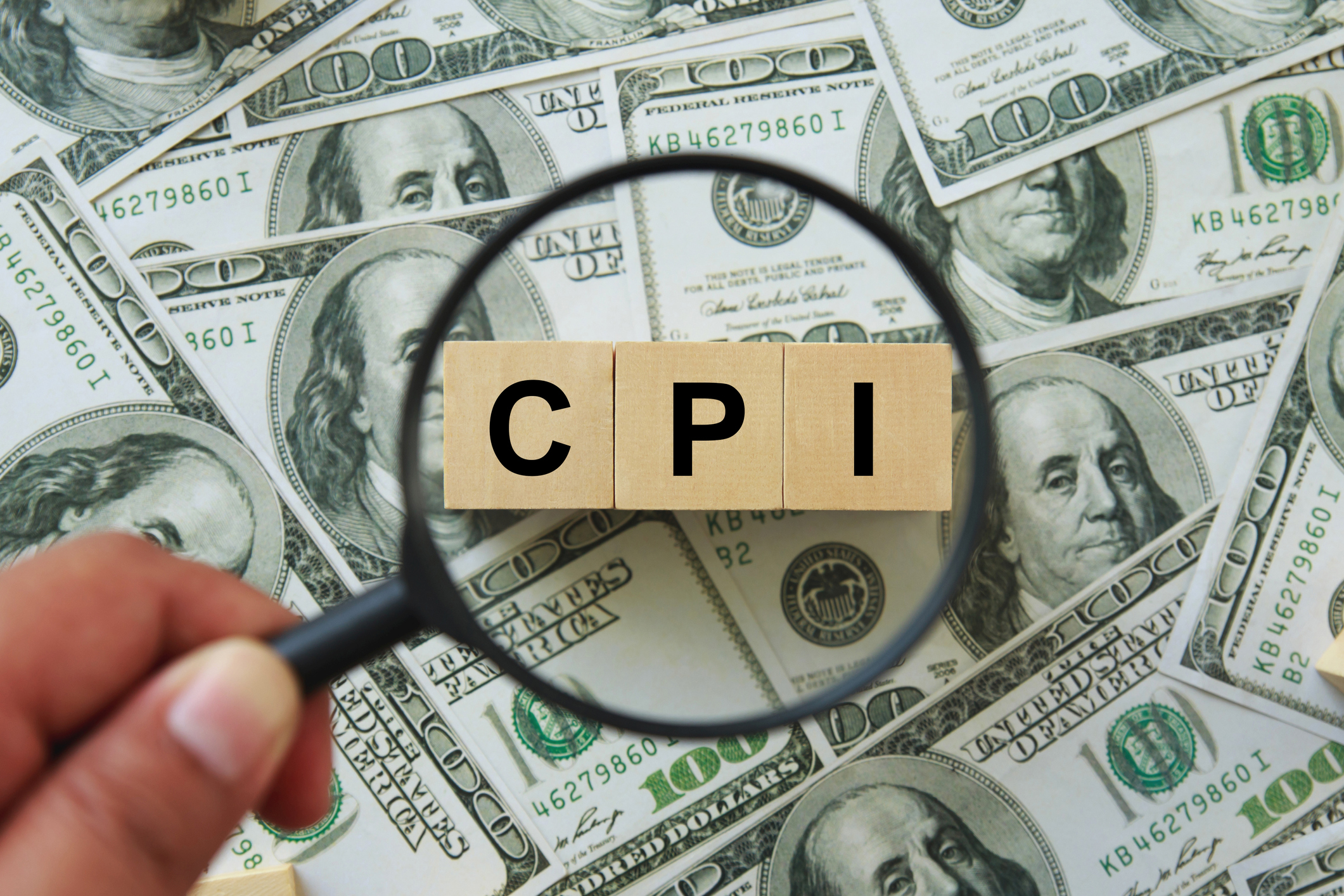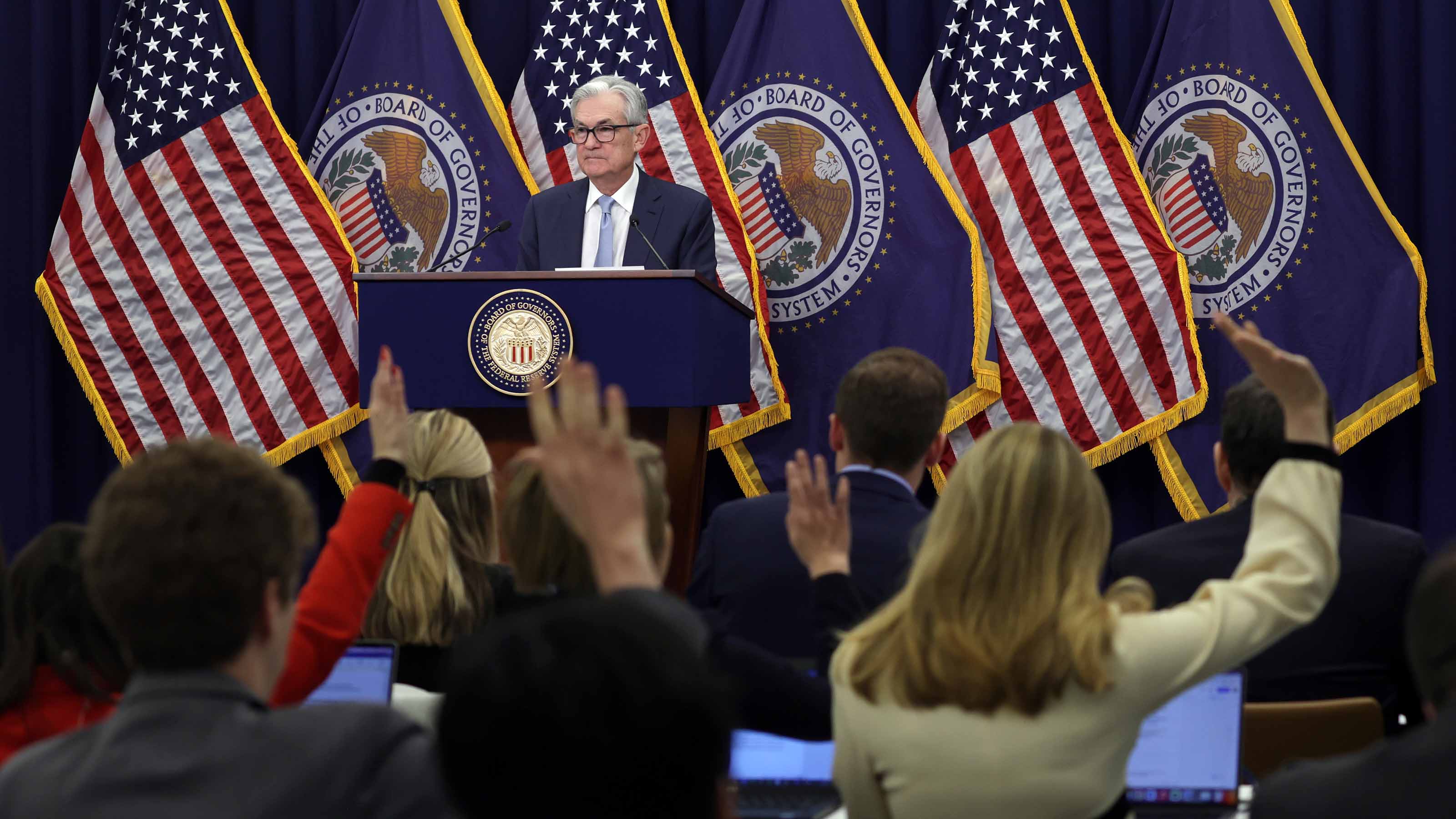Stock Market Today: Stocks End Lower on Economic Data, Earnings
Today's economic reports showed the labor market remains hot, while housing continues to cool.


Selling continued Thursday, with stocks spending the whole day in negative territory – though they did end well off their session lows. Today's declines came as investors unpacked updates on the labor and housing markets, as well as the latest round of corporate earnings reports.
Diving right into those economic reports, the Labor Department this morning said weekly jobless claims fell by 15,000 last week to 190,000 – their lowest level since September. "U.S. stocks are declining after another labor market statistic shows that despite all the big-tech post-pandemic layoffs, the jobs market remains hot," says Edward Moya, senior market strategist at currency data provider OANDA. "The labor market needs to break to allow the Fed to comfortably keep rates on hold."

Sign up for Kiplinger’s Free E-Newsletters
Profit and prosper with the best of expert advice on investing, taxes, retirement, personal finance and more - straight to your e-mail.
Profit and prosper with the best of expert advice - straight to your e-mail.
Meanwhile, data from the Commerce Department showed construction of new homes fell a seasonally adjusted 1.4% month-over-month in December to 1.38 million units, the fewest since June 2022. Year-over-year, housing starts were down 21.8%. Building permits also declined from November to December, falling 1.6% to 1.33 million.
"What just some weeks ago would have seen markets cheering the weaker data as it would have suggested correctly that the Fed's aggressive rate hike campaign is doing its job in tamping down the demand side of the economy, is now being judged more harshly with bad news no longer enjoying a warm welcome by traders and investors alike," says Quincy Krosby, chief global strategist at LPL Financial.
As for earnings, Procter & Gamble (PG, -2.2%) was a notable decliner on quarterly results. In its fiscal second quarter, the consumer staples giant said earnings fell 4.2% year-over-year to $1.59 per share. Revenue was down 1% to $20.8 billion, marking the first year-over-year decline in quarterly sales since June 2017.
It all added up to more losses for the major benchmarks. The Dow Jones Industrial Average gave back 0.8% to 33,044, the S&P 500 shed 0.8% to 3,898, and the Nasdaq Composite lost 1.0% to 10,852.
The Best Stocks to Ride Out a Volatile Market
Today's jobs data shows that the debate remains open as to when we will see the labor market lose some of its resiliency amid the Federal Reserve's efforts to cool inflation with ambitious interest-rate hikes, says Mike Loewengart, head of model portfolio construction at Morgan Stanley. "And when considering that the overall earnings picture continues to be a mixed bag, investors shouldn’t be surprised to see more volatility in the weeks ahead."
This could lead to some short-term stomachaches for investors, but they would be wise to remember that investing is a marathon and not a sprint. In other words, stay focused on high-quality names that can ride out the storm. As we've mentioned in this space before, the best dividend stocks, like those found among the Dividend Kings, can offer investors peace of mind. There's also our list of the best stocks to buy now, which are well-positioned to outlast the ups and downs of an uncertain market backdrop.
Get Kiplinger Today newsletter — free
Profit and prosper with the best of Kiplinger's advice on investing, taxes, retirement, personal finance and much more. Delivered daily. Enter your email in the box and click Sign Me Up.

With over a decade of experience writing about the stock market, Karee Venema is the senior investing editor at Kiplinger.com. She joined the publication in April 2021 after 10 years of working as an investing writer and columnist at a local investment research firm. In her previous role, Karee focused primarily on options trading, as well as technical, fundamental and sentiment analysis.
-
 6 Stunning Waterfront Homes for Sale Around the US
6 Stunning Waterfront Homes for Sale Around the USFrom private peninsulas to lakes, bayous and beyond, Kiplinger's "Listed" series brings you another selection of dream homes for sale on the waterfront.
By Charlotte Gorbold Published
-
 Six Reasons to Disinherit Someone and How to Do It
Six Reasons to Disinherit Someone and How to Do ItWhether you're navigating a second marriage, dealing with an estranged relative or leaving your assets to charity, there are reasons to disinherit someone. Here's how.
By Donna LeValley Published
-
 Stock Market Today: Markets Celebrate Trump's Tariff Détente
Stock Market Today: Markets Celebrate Trump's Tariff DétenteConsumer discretionary stocks led 10 of the 11 S&P 500 sector groups well into the green.
By David Dittman Published
-
 CPI Report Puts the Kibosh on Rate Cuts: What the Experts Are Saying About Inflation
CPI Report Puts the Kibosh on Rate Cuts: What the Experts Are Saying About InflationCPI Consumer price inflation reared its ugly head to start the year, dashing hopes for the Fed to lower borrowing costs anytime soon.
By Dan Burrows Published
-
 Fed Leaves Rates Unchanged: What the Experts Are Saying
Fed Leaves Rates Unchanged: What the Experts Are SayingFederal Reserve As widely expected, the Federal Open Market Committee took a 'wait-and-see' approach toward borrowing costs.
By Dan Burrows Published
-
 Stock Market Today: Earnings and AI Send Stocks to New Highs
Stock Market Today: Earnings and AI Send Stocks to New HighsA massive investment in artificial intelligence and upbeat earnings pushed equities to record levels.
By Dan Burrows Published
-
 Procter & Gamble Stock Rises on Earnings Beat: What to Know
Procter & Gamble Stock Rises on Earnings Beat: What to KnowProcter & Gamble is trading near the top of the Dow Wednesday after the consumer staples giant beat expectations for its fiscal 2025 second quarter.
By Joey Solitro Published
-
 CPI Report Keeps the Fed on Track: What the Experts Are Saying About Inflation
CPI Report Keeps the Fed on Track: What the Experts Are Saying About InflationCPI Disinflation in key areas of consumer prices should help the Federal Reserve stick to its policy path of gradual cuts to interest rates.
By Dan Burrows Published
-
 Blowout December Jobs Report Puts Rate Cuts on Ice: What the Experts Are Saying
Blowout December Jobs Report Puts Rate Cuts on Ice: What the Experts Are SayingJobs Report The strongest surge in hiring since March keeps the Fed on hold for now.
By Dan Burrows Published
-
 Fed Sees Fewer Rate Cuts in 2025: What the Experts Are Saying
Fed Sees Fewer Rate Cuts in 2025: What the Experts Are SayingFederal Reserve The Federal Reserve cut interest rates as expected, but the future path of borrowing costs became more opaque.
By Dan Burrows Published